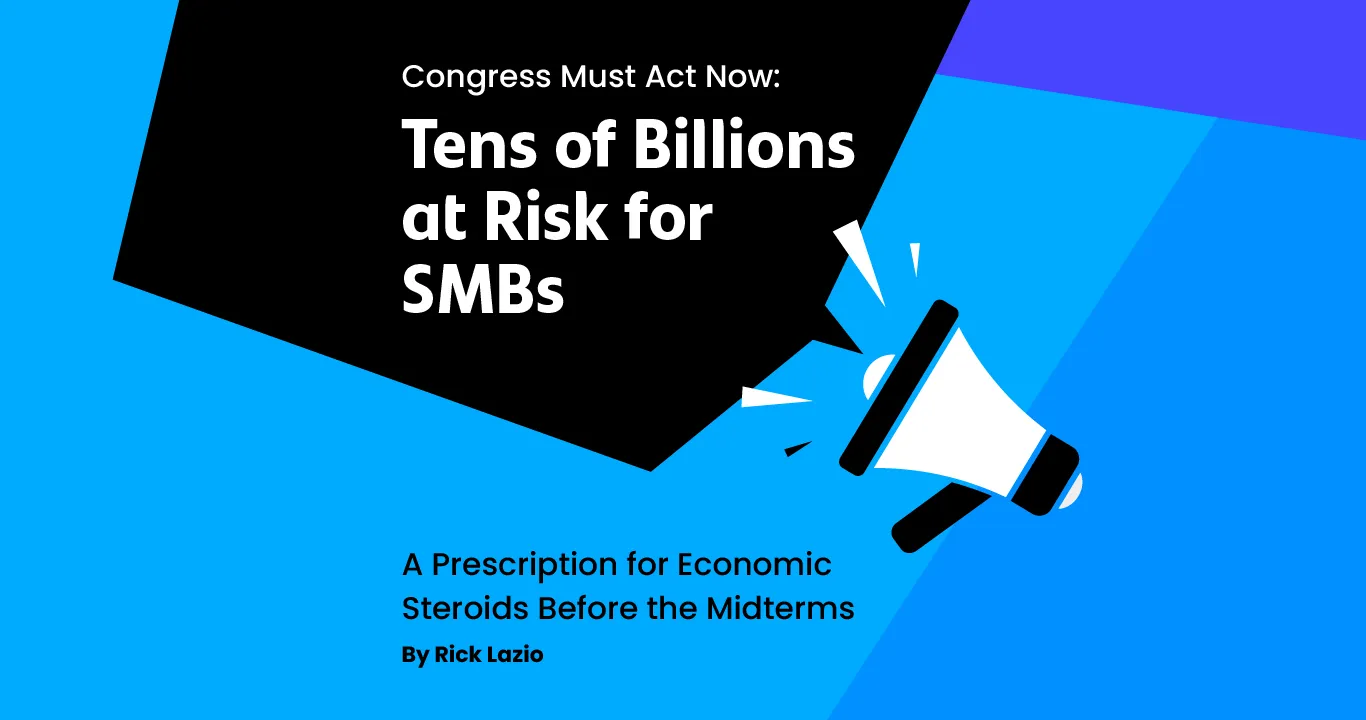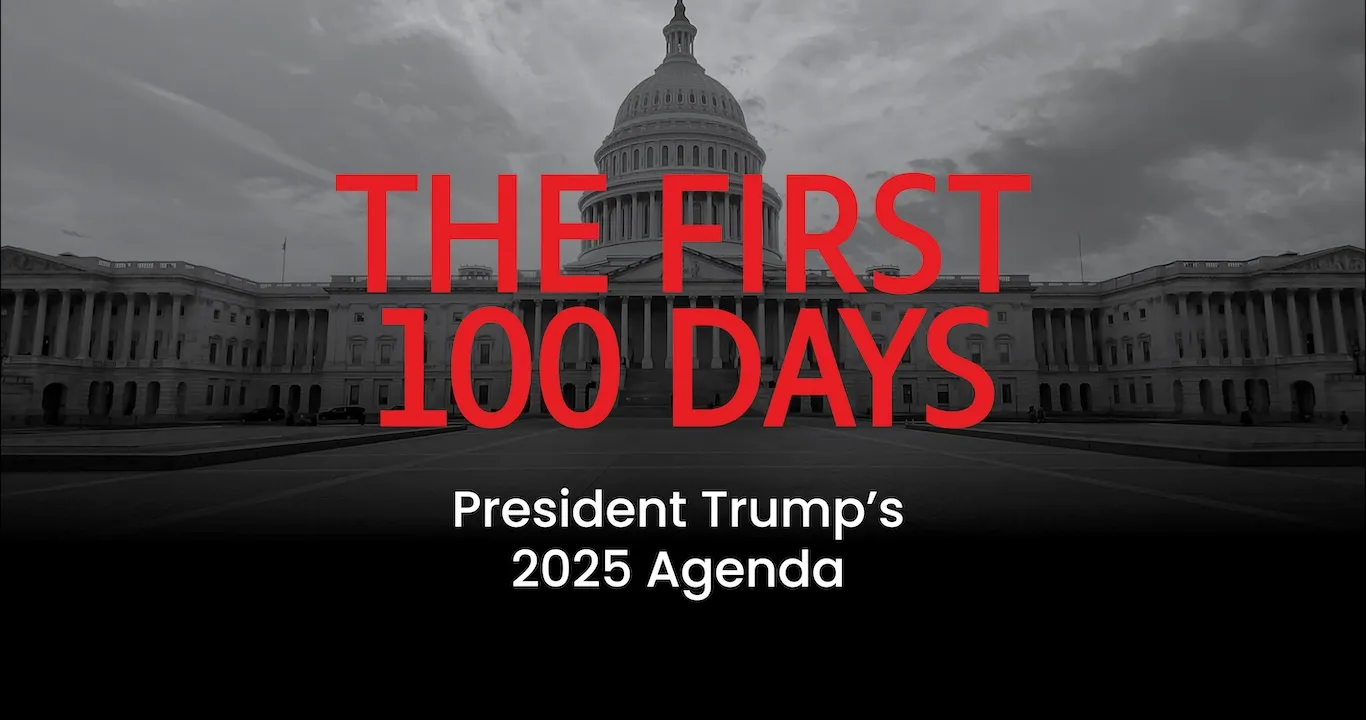FEBRUARY 22, 2023 | PUBLISHED IN
by Steven Miller, Former IRS Acting Commissioner; alliantgroup National Director of Tax
If you have any questions about this article, please send us a message.
The Inflation Reduction Act offers some incentives for clean companies.
It’s tax time, and companies nationwide are looking for sustainable write-offs to help soften the blow and reduce their carbon footprint.
Like it or not, the Inflation Reduction Act of 2022 (IRA) put into law many tax credits for green business practices.
“It does contain a virtual garden of green incentives for small businesses’, entrepreneurs, and others seeking to do well for the planet and their pocketbook,” says Steve Miller, a former IRS Acting Commissioner and current National Director of Tax at alliantgroup.
We asked Miller to sort through all the key tax credits available to your business so you don’t have to.
Big list of tax credits
Before deep diving into a few larger items, here is a general list of tax credits available via the IRA in 2022.
- Sec. 45: Energy production credit: 3 cents per kilowatt hour of clean energy sold to the grid.
- Sec. 48: Energy property credit: Credit for up to 30% of cost of purchasing clean energy property.
- Sec. 45Q: Carbon sequestration credit: credit per metric ton of carbon oxide captured and then sequestered or used in your business.
- Sec. 45U: Zero emission nuclear power production credit: 1.5 cents per kilowatt of zero emission nuclear power produced and sold.
- Sec. 40B: Sustainable aviation fuel credit: $1.25 per gallon of sustainable aviation fuel produced and sold.
- Sec. 45: Energy production credit: 3 cents per kilowatt hour of clean energy sold to the grid.
- Sec. 48: Energy property credit: Credit for up to 30% of cost of purchasing clean energy property.
- Sec. 45Q: Carbon sequestration credit: credit per metric ton of carbon oxide captured and then sequestered or used in your business.
- Sec. 45U: Zero emission nuclear power production credit: 1.5 cents per kilowatt of zero-emission nuclear power produced and sold.
- Sec. 40B: Sustainable aviation fuel credit: $1.25 per gallon of sustainable aviation fuel produced and sold.
- Sec.45V: Clean hydrogen production credit: Credit for up to $3 per kilo of clean hydrogen produced.
- Sec. 45W: Clean commercial vehicle credit: Up to 30% of the cost of a clean commercial vehicle.
- Sec. 48C: Advanced energy project credit: Application-based credit for 30% of the cost of a facility to manufacture advanced energy property (i.e., making solar panels). $10 billion allocated.
- Sec. 45X: Advanced manufacturing production credit: Varying credits for the production and sale of eligible property; credit amounts based on the energy production capacity of that property.
- Sec. 45Y: Clean electricity production credit: Credit of .3 cents per kilowatt hour sold.
- Sec. 48E: Clean electricity investment credit: Credit for up to 30% of cost of electricity production facility and storage equipment for a zero-greenhouse emission facility.
- Sec. 45Z: Clean fuel production credit: Up to $1 per gallon of clean fuel sold by taxpayers.
Some of the incentives of this new law can be paid directly to governments and non-profits, almost like a grant. A few of the incentives can even be paid to for-profit companies.
Plus, this is the first time in a while, congress has allowed certain benefits to be transferred to third parties, meaning they can be sold to investors. Many tax benefits can be carried back three years instead of the usual one year, which means you can get a refund on already paid taxes in prior years.
Energy efficiency credits
Under the new plan, there are incentives for improvements to the energy efficiency of existing buildings. The government can allocate a deduction to the designers of the energy-efficient changes. While the prior deduction was $1.80 per square foot, the new provision allows up to $2.50-$5.00 per foot. Other changes expand the ability to allocate the deduction from governments to non-profits (think hospitals and colleges) and Indian Tribes, according to Miller.
Research and development credits
Miller points out that the Inflation Reduction Act calls for tax credit changes for research and development. How so? Previously, start-ups and small businesses could take a refundable $250,000 credit against their employment tax liabilities. This limit on start-up credit election doubled to $500K, and what taxes can be offset were expanded.
“Any small business, whether they qualify for the start-up provision or not, should consider the R&D credit in any event as it is a valuable incentive,” says Miller. “Too many small business owners think of the credit as requiring bench research and white coats. That is not the case. Over the years, the IRS and Congress have expanded the credit to reward many types of innovation and research on US soil.”
About the Author

In a career devoted to government service, Steven T. Miller spent 25 years with the IRS, serving the agency in a number of diverse and increasingly important roles.
His career at the service culminated in him being elevated to IRS Acting Commissioner in 2012, but prior to that Steven served for several years as the Deputy Commissioner for Services and Enforcement, leading all IRS enforcement and service activity. Steven also served as the Commissioner of the Large and Mid-Size Business Division, overseeing IRS audits of large taxpayers and the IRS programs relating to offshore tax compliance and international tax law enforcement. As the Commissioner of the Tax Exempt and Government Entities Division, he supervised the IRS oversight of governments, tax exempt entities and retirement programs.



